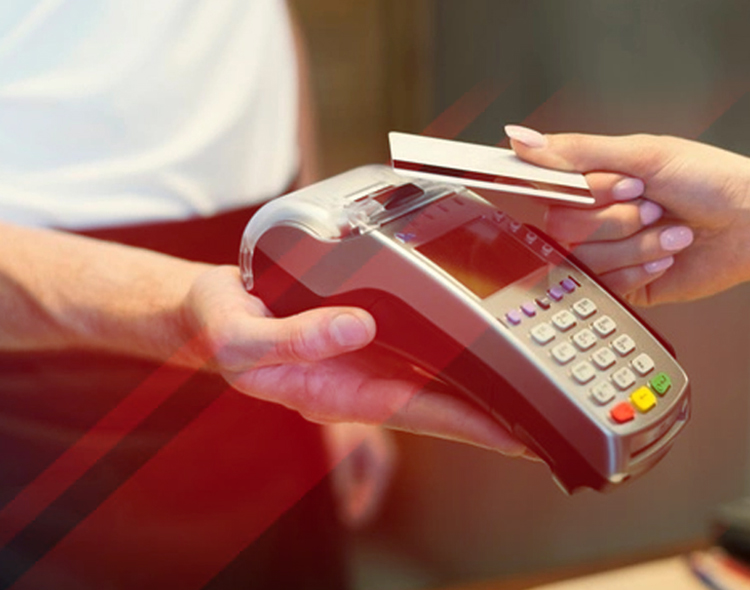The drive to digital is negatively impacting an already financially stressed segment of the workforce
The COVID-19 pandemic has led restaurants, grocery stores, retailers and more to enable patrons to transact in digital, contactless Payment. At the same time, 14.1 millionU.S. adults are still unbanked, which means they generally may lack access to digital payment tools. And, according to new Netspend research, nearly one-third of the American workforce reports receiving some portion of their income via cash or paper check (versus digitally).
Read More: Global Fintech Interview with Julie Van Ullen, MD at Rakuten Rewards
For these individuals, transacting with digital, contactless methods may be challenging, time consuming or simply not possible. Further, COVID-19 has led to a sharp decline in financial security, as nearly “44% of employees report their ability to save money has been impacted, and 42% report their ability to purchase things they need such as groceries has been adversely impacted.”
As the workforce continues to navigate the fallout of the COVID-19 pandemic, many are more financially insecure and facing serious challenges transacting in today’s rapidly expanding digital economy. Evidence indicates consumers across the board are leveraging digital banking tools more and more, and experts predict this trend will continue, even in a post-COVID world.
Read More: Global Fintech Interview with Andrew Gilboy, GM North America at GoCardless
In 2021, employers should make it easier for all employees to access digital payments for the following reasons:
- Transitioning funds from cash or checks to digital is inconvenient, time consuming and costly. Thirty-two percent of the workforce is paid by cash or checks. Since the COVID-19 pandemic began, a large portion of them (about one-third) have started paying for products and bills online and through other contactless methods. In fact, those paid by cash or check pay 41% of their bills digitally. This shift to digital puts a strain on these workers, who must spend time and resources manually digitizing their funds in order to make payments, instead of on budgeting or other activities that could improve their financial situation. It creates even more challenges for the millions of individuals who are unbanked and often left paying with cash in-person or via mail.
- Even if this shift to contactless, digital payments wasn’t occurring, those without digital access would still be left behind. Among workers being paid by traditional methods, like cash or check, nearly one in ten surveyed reported not being able to save money at all. These individuals are also more likely to run out of funds prior to their next paycheck and to have their financial situation disrupt their work. Further, among those running out of funds prior to their next paycheck, nearly nine in 10 (86%) paid by cash or check reported being unable to pay their bills on time somewhat or very frequently. By contrast, employees who are paid digitally are able to engage with a wider variety of savings strategies, such as a savings account or retirement plan.
- The increase in digital payments to service-oriented businesses is driving dramatic payroll changes. These businesses (many of which are already stretched to their limits) will need to pivot how they pay people to maintain staffing stability when they need it most. Businesses we work with tell us this is becoming especially apparent in service industries where tipping is a significant portion of wages, like restaurants. In fact, Netspend recently hosted a webinar with restaurant-industry professionals where 93% said their customers are using less cash as a result of the pandemic, which leaves businesses with insufficient amounts of cash on hand to pay out tips or expense reimbursements to their workforce at the end of their shift. This inconsistency in payment timing is a huge burden for already stressed employees to bear, and not surprisingly, 90% of restaurant workers are interested in reliable, same-day digital access to tips. Digitizing tip payments and depositing them onto a paycard, which can be funded consistently at the end of each shift or workday, relieves cash management needs for restaurants, while eliminating the disruption of inconsistent or late payments and opening up digital access to all employees.
While digital tipping and paycards can empower employers to close the digital access gap for their employees (and help to solve for cash shortages), surveyed employees also expressed interest in early access to earned wages (77% are interested).
Read More: Global Fintech Interview with Ivy Lu, Chief Data Scientist at Oxygen
Employers should consider this: financially stable employees are much more likely to remain with their current employer for the next year, compared to those who are financially unstable, and your workforce needs your help. In fact, nearly 90% of employees feel their employer has a role to play in making their wage payments digital and easier. Employees are impacted financially today more than ever — it’s imperative for employers to enable financial health, especially in today’s digital economy.
